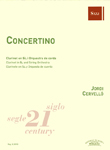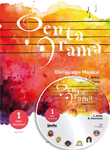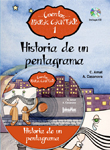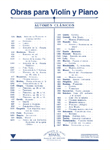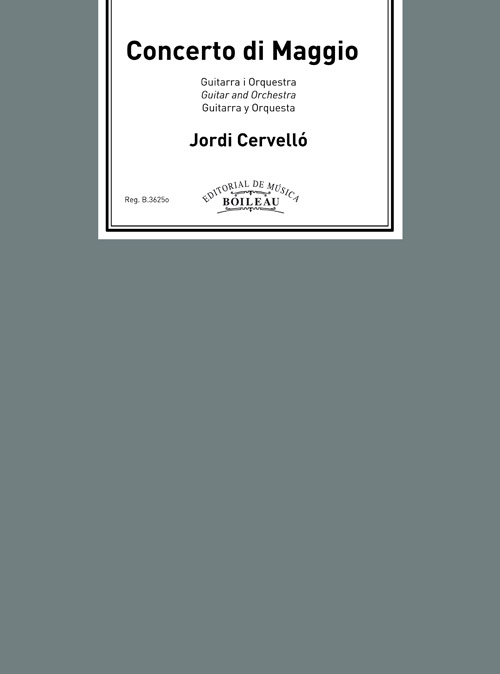Concerto di maggio
Materiales de orquesta sinfónica en alquiler
Piano y Orquesta sinfónica
CERVELLÓ, JordiReg.: B.3625o
- Ensemble: Symphonic orchestra: With soloist(s).
- Genres: Classical / contemporary: Symphonic.
- Product format: Partitura + particellas
- Difficulty level: Advanced-superior
- Period: 2nd half S. XX - XXI
- Publishing house: Editorial Boileau
- Collection: Siglo XXI
- Measure: 29,70 x 21,00 cm
- Lenght: 23'
- ISMN: 979-0-3503-1006-5
- Available in digital: No
- Available for rent: Yes
Solo Piano
2 2 3[1.2.bcl] 2 — 4 2 3 1 — tmp+3 — str
perc: bd, cym, sd, gong, xyl
Strings: 7,6,5,4,3
This work was composed in 2009 as an hommage to my brother Enric. He is 5 years older than me and a pianist exceptionally devoted the instrument for many years. Concerto di maggio is structured in 3 movements, typical of a concerto. In this case the movements are titled: Preludio, Scherzo-Cadenza and Allegro molto.
Preludio is a tranquil movement which begins with the clarinet presenting the 4-measure principal theme. The flute responds as the main voice, playing 4 measures which precede the entrance of the piano. The music for the soloist is delicate and at the same time mysterious. Other thematic groups are added and the dialogue continues with the same atmosphere until a crescendo which leads to a forte for the full orchestra. From that point of climax the dynamics constantly diminish until the return of the meditative mood which dominates the movement.
The second movement, Scherzo-Cadenza, is light and vivo. Its principal feature is a kind of ostinatto in 6/8. The movement begins with a thematic figure of staccato eighth notes played by the clarinet and which is then taken over by the bassoon. The piano soloist enters playing the same rhythm. At that moment the music begins a game of contrasts in which counterpoint is prominent at certain moments. The staccato figures are then substituted by numerous slurs, giving greater expressivity to the movement. There are moments of great force in which the piano and the orchestra play strong rhythmic pulsations together. The movement concludes with a long and subtle scale played by the piano which moves from the bass to the treble accompanied by a sustained pedal in the orchestra. The movement concludes delicately and mysteriously. Suddenly, the pianist begins a cadenza with rapid, virtuosic passages which give way to a delicate mood that recalls the main theme of the Scherzo. The principal motive of the following movement, Allegro Molto, is presented in a manner which is almost ghost-like in mood.
Allegro molto is the most complex movement of the concerto. The mood alternates between teasing and suddenly mysterious moments. Within the movement there are three principal motives which either alternate or form a dialogue between themselves. The tempo is fast and aggressive. The entrance of the xylophone provides color at those times when the musical dialogue is most brilliant. The constant struggle between the piano and the orchestra alternates with moments recalling the preceding Scherzo. Orchestral color is very important in this final movement, which is both uninhibited and resolute, with demanding and impulsive music for the pianist.
Jordi Cervelló
I. Preludi II. Scherzo III. Allegro molto


